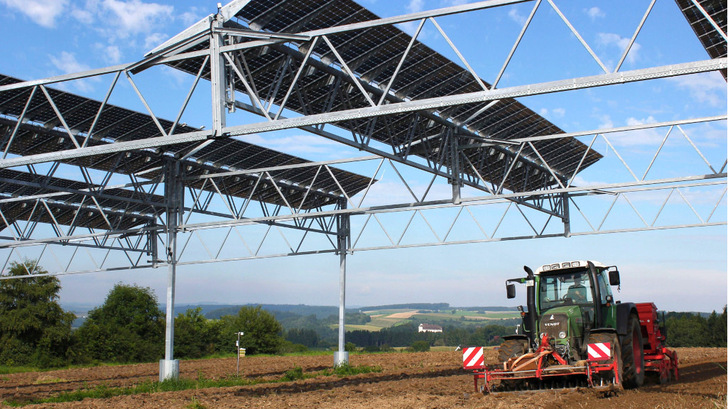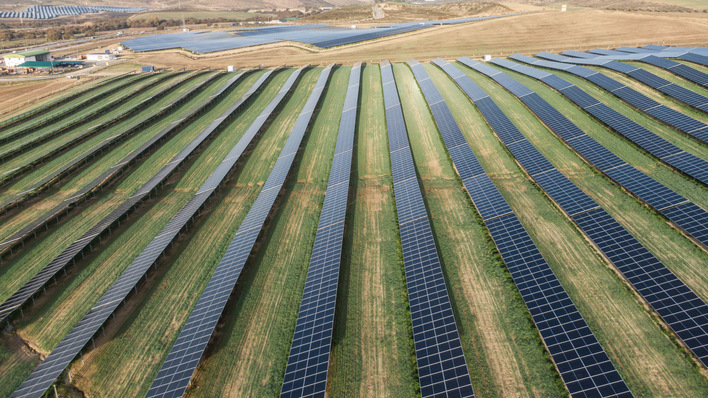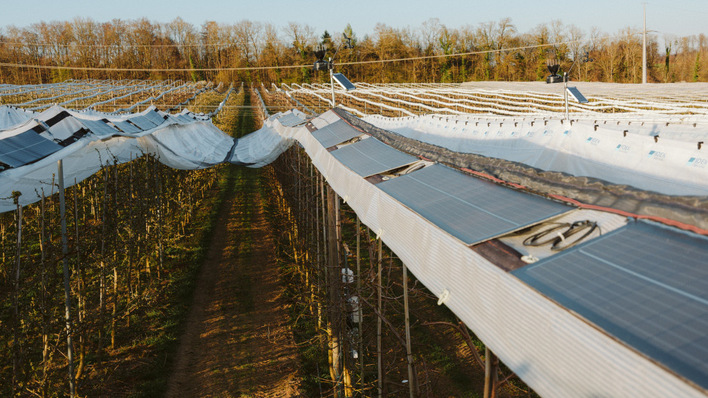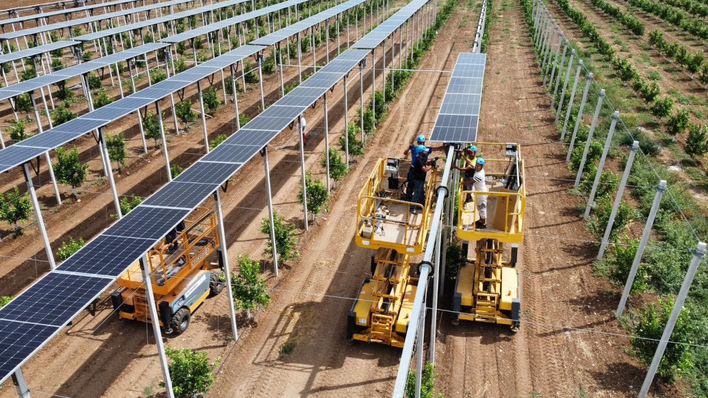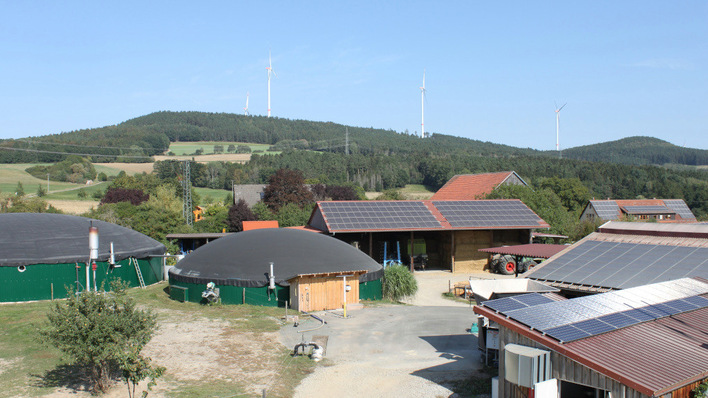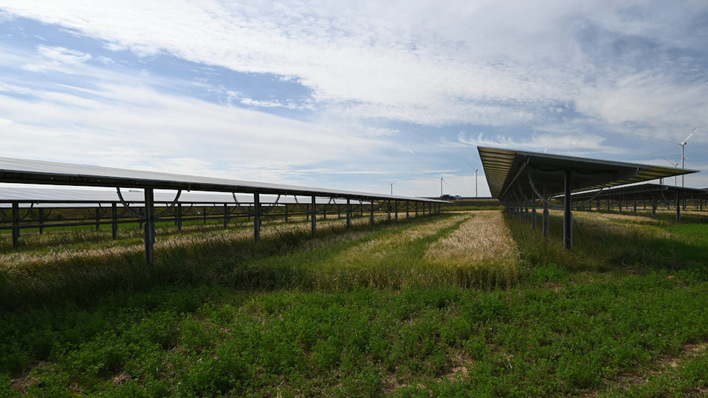The Energy Cluster of the Vienna University of Natural Resources and Applied Life Sciences (Boku) has published a new factsheet on the combination of photovoltaics and agriculture. On the interdisciplinary platform, where scientists from all areas of Boku work together on the topic of energy, the authors describe how the simultaneous use of agricultural land for the production of food and solar power can work.
Open spaces for the necessary pace of the energy transition
The paper describes not only the common solutions on how to implement this dual use, but also the potential that exists in Austria for solar power production on agricultural land with only minimal restrictions on agricultural use. For example, the use of all suitable roof areas could cover the necessary expansion of photovoltaics in the country to be able to supply Austria completely with green electricity by 2030. However, given the speed of expansion, this potential could not be realised.
Land requirements are manageable
This is why ground-mounted systems are needed, also in combination with agricultural use. Depending on the scenario, agricultural land must also be used for photovoltaics. Depending on the expansion scenario, the proportion of agricultural land to be used for the combination varies greatly between 0.4 and 6.26 per cent. Between 1.08 and 12.91 per cent of green areas would have to be made available for the additional production of solar electricity.
Environmental benefits looked at
The authors also looked at the environmental impacts and benefits of combining agriculture and photovoltaics and compiled the factors that influence the acceptance of agri-photovoltaic systems. You can find the fact sheet (in German) under the title "Factsheet No. 02-02 Agri-Photovoltaics" on the Boku website. (su/mfo)


